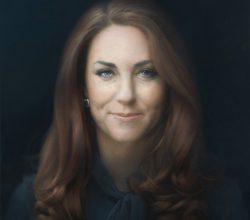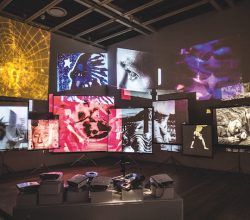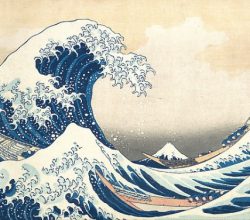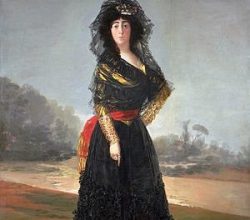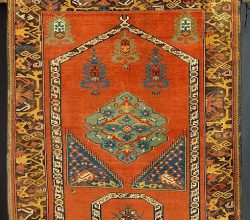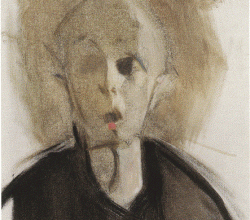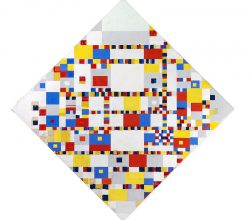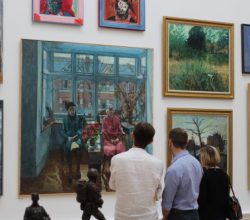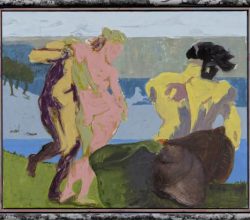
It Takes Two Museums to Cover the work of this Prolific German Neo-Expressionist
Roger Catlin | Smithsonian.com | 6th June 2017
On the event of his first US retrospective Lüpertz cheerfully reveals his forthright views. Basically, new media is fine but painting is what matters. “You can’t do anything differently, whether it’s Baselitz or me there is no difference. All we can do is put a brush to a canvas. Caravaggio couldn’t do anything differently. The individual aspect of art is the artist … and that’s the exciting and wonderful part of painting.”




